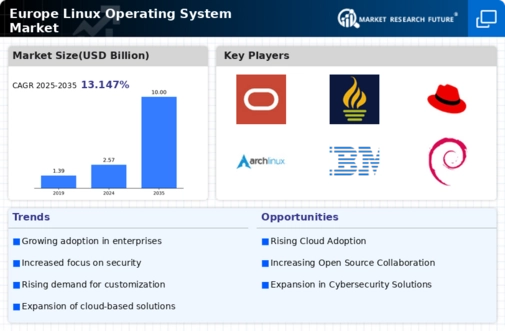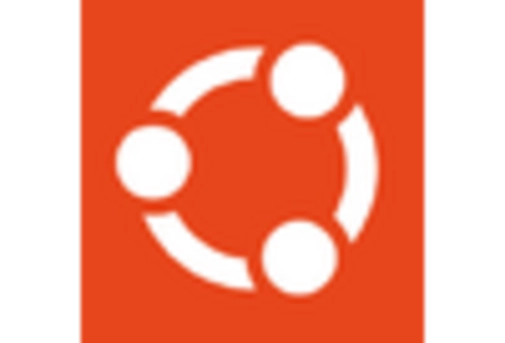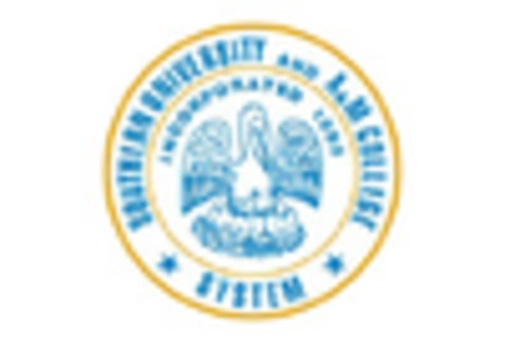The Europe Linux Operating System Market is characterized by a dynamic landscape where various players vie for dominance through the development and deployment of innovative solutions. The competitive insights in this market reveal a shift towards customized and integrated Linux distributions aimed at meeting the diverse needs of enterprises, government agencies, and individual users. Companies are increasingly focusing on enhancing performance, security, and user experience in their offerings, which has led to a rich variety of choices available to consumers. The rise of open-source solutions further intensifies competition, as organizations seek both cost-effective and robust alternatives to traditional operating systems. Additionally, partnerships and collaborations among technology firms, academia, and open-source communities play a significant role in driving advancements and creating an ecosystem that supports the adoption and proliferation of Linux-based systems across Europe.
Oracle has established a significant presence in the Europe Linux Operating System Market by leveraging its robust software solutions and cloud infrastructure. With a strong commitment to security, performance, and support, Oracle's Linux distributions cater to enterprises looking for reliable and scalable operating systems. The company has a deep-rooted reputation for its database technology and enterprise applications, which enhances its Linux offerings as an integral part of a larger IT strategy. In Europe, Oracle has strategically positioned itself to provide tailored solutions that meet the specific needs of various sectors, including finance, healthcare, and telecommunications, allowing it to maintain a competitive edge. Furthermore, Oracle's enterprise-level support and continuous updates ensure that clients can rely on high-quality performance and security standards, solidifying the company's trusted status in the market.
Pine64 has made a name for itself in the Europe Linux Operating System Market by focusing on affordable and community-driven hardware solutions. Known for its range of single-board computers and SoCs, Pine64 promotes an ecosystem that supports various Linux distributions, enabling developers and enthusiasts to leverage its products for diverse applications, from educational purposes to hobbyist projects. The company emphasizes open-source principles and has cultivated a strong community around its products, fostering collaboration and innovation. In Europe, Pine64 is gaining traction with its commitment to delivering devices that are accessible while supporting an array of Linux-based operating systems such as Ubuntu and Arch Linux.
This approach attracts a wide user base seeking an entry point into the Linux world. Furthermore, Pine64 has participated in various partnerships and initiatives to enhance its product offerings, positioning itself not only as a hardware provider but also as a facilitator of Linux system adoption in the region, which reflects its strategic focus on sustainability and community-driven growth.




















Leave a Comment